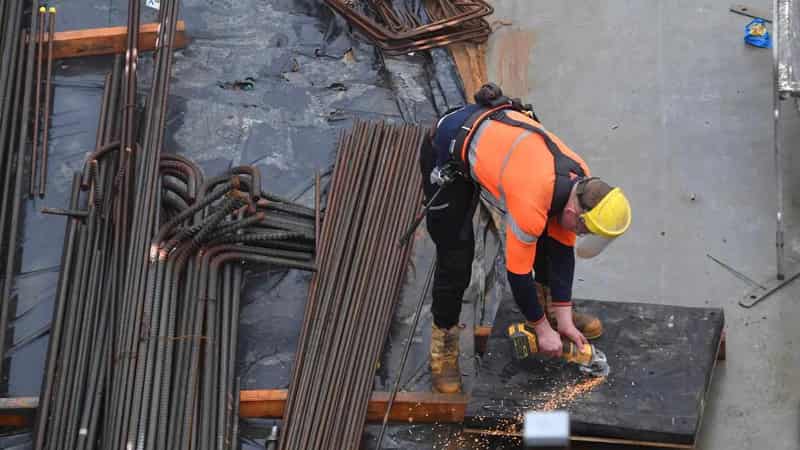
Australian businesses have been encouraged to spend more on the equipment, machinery and tools needed for their new employees need to stay productive.
The reasons behind the nation's recent productivity slump have been revealed in a new Productivity Commission report along with ideas to kickstart growth in the measure integral to improved living standards as well as beating inflation.
Labour productivity, which is a measure of the volume of goods and services the nation produces divided by the number of hours people work, fell by 3.7 per cent in 2022-23.
This is well below the long-term average growth rate of 1.3 per cent.
Yet the COVID-19 pandemic has driven unusual movements in productivity numbers over the past few years.
Once lockdowns ended and borders reopened, the economy roared back to life and firms responded by bringing on new staff.
As a result, total hours worked recorded its sharpest annual growth in history - up 6.9 per cent in 2022/23 - which fed into the weak productivity result.

Commission deputy chair Alex Robson said investment in the equipment, tools and resources needed to make the most of employees’ skills and talents had also fallen short.
During the pandemic recovery, businesses initially responded to growing demand by hiring more staff as it's fairly quick compared to investing in new equipment and tools.
But business investment is key to eking out productivity gains.
For example, cafes can keep hiring baristas but the number of coffees they can produce per hour also depends on the size and efficiency of the coffee machines.
In the last financial year, the lag time between hiring and business investment led Australia's capital-to-labour ratio to fall 4.9 per cent - the largest decline on record.
As such, Dr Robson said further capital investment would "help turn our strong employment growth into strong productivity growth.”
The pandemic also influenced productivity numbers by temporarily shifting the makeup of the workforce away from low productivity industries, such as hospitality, towards higher productivity industries.
This created an artificial "productivity bubble" that has since been reversed as lockdowns ended and businesses reopened.
Dr Robson said the bubble had "well and truly burst", unwinding those gains.
With the pandemic fading into the past, the hope is productivity returns to normal.
In fact, a recovery in productivity growth will be needed if Australia wants to bring down inflation while keeping strong wages growth.
Reserve Bank governor Michele Bullock has labelled herself a "productivity optimist" and like the Productivity Commission, considers the recent weakness as temporary and driven by the pandemic and business cycle.
But the prospect of ongoing productivity underperformance remains a risk factor for the inflation outlook and, by extension, interest rates.
Dr Robson said policies to boost productivity were more important than ever.
"Productivity growth is about working smarter, not working harder or longer," he said.









